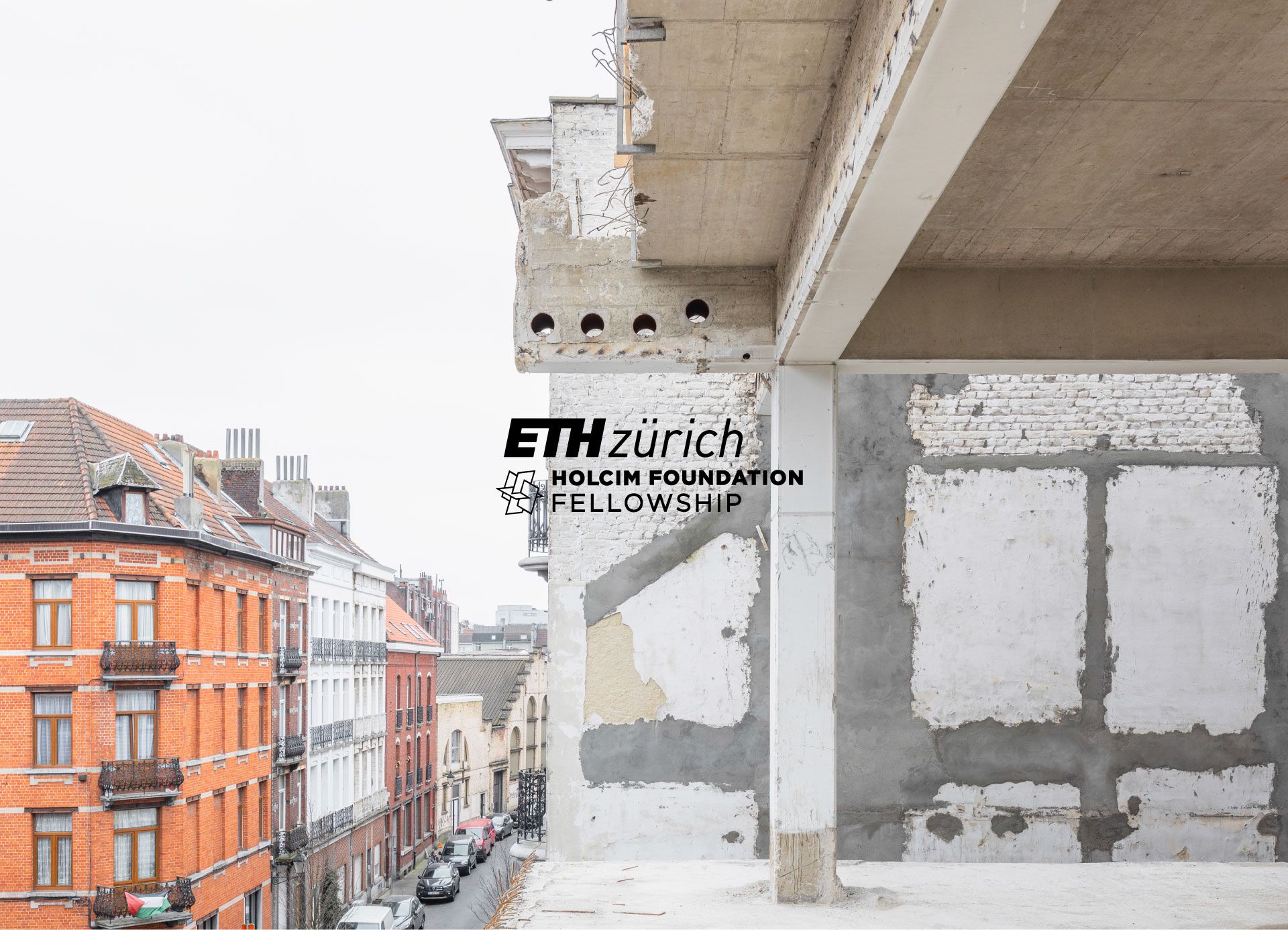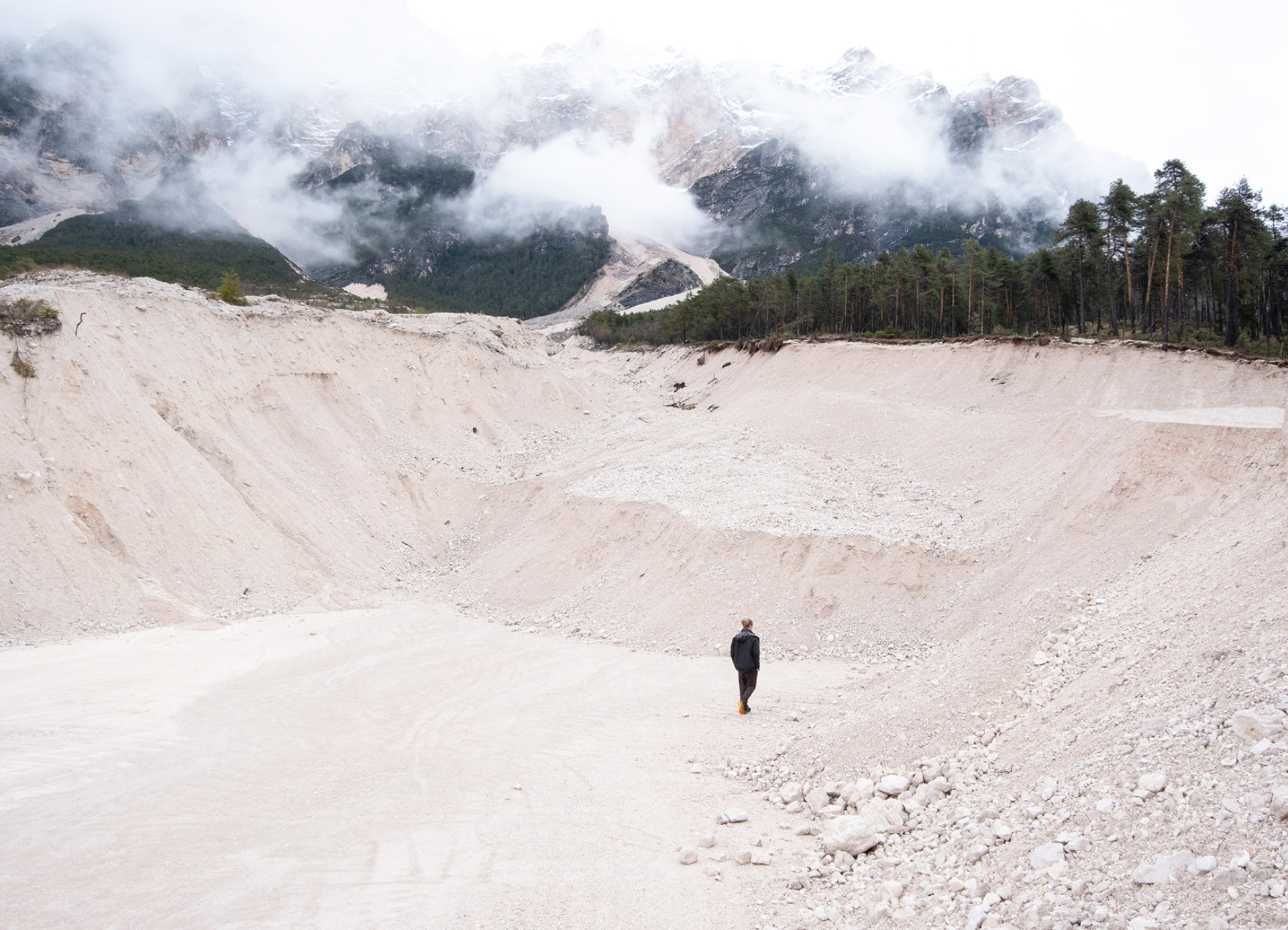Throughout history, gardens have been a reflection of the curiosity and the philosophy of their respective societies, carrying with them the scientific discoveries of their designers. Galicia’s productive landscape, both primitive and man-made, embodies the aesthetics of a garden that is directly associated with the productivity and the balanced exploitation of the land.
"El Jardin de las Galicias" is born under the premise of becoming a paradigm for the productivity of the land, proposing a garden that combines patterns, species, seasonal harvesting and colors. A place where every cultivated plot, piece of architecture or landscaping intervention sprouts, grows and reproduces as a result of the surrounding environmental conditions.
The intervention suggests an ecosystem of productive, technological and sensory landscapes that establish synergies amongst themselves, blurring their boundaries and influencing each other. The goal goes beyond designing a landscape, introducing various strategies for the management of the land. They become part of a circular process that makes the most of the natural resources and their byproducts.
This productive landscape is connected by a system of hybrid vectors, a parallel network of activities that are generated at the intersection between the different uses of the land. All of them connected by the public pathway encompassing the plot, “O Camiño”, an accessible and pedagogic route with a focus on agro-ecological and environmentally conscious behaviors.

KOOZ What prompted the project?
SPP, SK, JT Traditionally, in our society, there has been a clear distinction between the countryside and large cosmopolitan cities. This difference condemned rural life and its evolution, which promoted rural exodus to the big cities. Cities are growing to their limits, and rural areas are abandoned. This situation is not sustainable in the long term and the countryside needs to be the front line of transformation.
The competition brief proposed the renovation and repopulation of these forgotten places, the reinvention of rural industry through technology, sustainability, social awareness and architecture.
KOOZ What is for you the power of the architectural imaginary?
SPP, SK, JT The current ecological, economic and social constraints are transforming architecture into a discipline characterized by flexibility, dynamism and indeterminacy, putting the architectural imaginary at the frontline of interventions. Our current need is not to create new realities, but to transform them. The power of architectural imaginary makes architects capable of finding new ways of looking at meaningful questions and at established realities.
This project will be open to residents, students and professionals as a living platform, as a place where they will be able to collaborate, to research and to perform lab experiments onsite with a single collective goal: designing the future.
KOOZ What questions does the project raise and which does it address?
SPP, SK, JT This proposal is based on the exploration of how to create a community around these industrial spaces, how to bring urban life to rural areas. Are we living a change of paradigm in our rural areas? What new architectural typology arises from such new paradigm? What is happening on the cutting edge of agriculture? Assuming that “everybody lives in the city” is a cliche, especially after the COVID pandemic in 2020. There has been a population movement between territories; therefore, it is time to think about what can we do in the countryside.
We should be aware that the countryside is one of the areas where the most modern and radical developments are taking place. Key areas including climate change, sustainability, collaborative economies, migration, or population growth are all in some way related to the countryside. This project does not aim to answer all these questions, but to learn about new alternatives, and explores creative ways of imagining the future. In this manner, the project stands as an exploration of opportunities to experiment the effect of small, soft and temporal interventions on an XL rural scale scenario.
The project focused on revitalizing 100 ha production area through both, strategic pieces of architecture that activate the production landscape and ephemeral programmatic injections to experiment the inclusion of this industrial activities to the citizens, enhancing a productive field into a hub for growing and selling food, featuring an edible garden, a learning center and a recycling center.
The goal goes beyond designing a landscape, introducing various strategies for the management of the land, and establishing precise criteria in order to organize all productive activities. They become part of a circular process that makes the most of the natural resources and their byproducts. The project transforms these 100ha area with subtle landscape interventions and employs 6 activator structures with varying programs all of them connected by the public pathway encompassing the plot, “O Camiño”, an accessible and pedagogic route with a focus on agro-ecological and environmentally conscious behaviors.
KOOZ How does the project approach and define the “garden” and the “landscape”?
SPP, SK, JT The project begins with the acknowledgement of the different biodiversity corridors that exist in the land, its riverbank forests and existing woods. The strategy outlines two different landscapes: the surrounding elastic and stable landscape, populated by indigenous non-productive trees and regenerative PRV shepherding activities, and the productive garden, a dynamic landscape of rotative crops, combined with indigenous species of spontaneous growth (plants, flowers) and presence of fruit trees.
The location of the different species derives from the optimization of hydraulic and soil resources, as well as their compatibility with the slopes and the hybridization with secondary uses of the land, always with a focus on biodiversity. The concept explores the combination of technical parameters with the sensory experience of the urban garden, within fragrances, color seasons, growing paths.., through S,M,L scales interventions.

KOOZ How does the project seek to redefine these notions within our contemporary anthropogenic situation?
SPP, SK, JT One of the main contemporary aspects of this proposal is the incorporation of what we have called “The Agrolab”, an experimental plot of land that advocates for innovation, inclusive technology, artificial intelligence, the confluence of Big Data, productivity efficiency, cloud computing, bridging the gap between the rural and the metropolis and, in essence, the metropolization of the rural world. We propose a space dedicated to the research and development of disruptive technology for the agricultural, stock-breeding, and forestry exploitation in Galicia. A test field, an incubator and technological showcase whose main goal is to generate a vibrant space to discover, learn and demonstrate innovative solutions for the present and future challenges of the rural world.
Are we able to imagine a countryside where the frontier that separates urban and rural is blurred?
KOOZ How and to what extent do you imagine these projects transforming our approach to our natural environment? What are the benefits which this can yield at both human and planetary scales?
SPP, SK, JT Both research and innovative experimentation projects will change the current situation and bring urban life to the countryside.
This project will be open to residents, students and professionals as a living platform, as a place where they will be able to collaborate, to research and to perform lab experiments onsite with a single collective goal: designing the future. Through a technological, diverse, pedagogical and ever-changing landscape, the project will work as an activator of citizen participation initiatives, which will improve institutional initiatives to search and promote ecological products representative of rural areas.

Bio
Sara Palomar Pérez is a Spanish architect from the European University of Madrid (UEM, 2012). Her work has received international and national awards in architecture, urbanism and design competitions. Sara Palomar has previously worked in China, Vietnam and for Rafael de la Hoz and in the Andrés Jaque/Office for Political Innovation in Spain. Some of her projects have been published in magazines and platforms such as Proyecto AV, Coam Magazine, Divisare, Archdaily or Plataforma Arquitectura.
In 2017 she founded Another Office of Architecture (AOA). This young creative office based in Madrid is an elastic platform where different professionals collaborate in multidisciplinary projects. They are interested in architecture, sociology, technology and politics as ways to enhance and to promote urban coexistence.
+++
Sanae Khalil is an architect from the Higher Technical School of Architecture of Seville, Spain (ETSAS). She started her career in the practice Rafael de la-Hoz Architects in Madrid, participating in the development of singular projects such as an iconic office tower for Rabat, Morocco, and the Ritz Hotel in Madrid. In 2017 she became part of Luis Vidal + architects where she collaborated in large scale aviation projects in the United States and Dominican Republic.
Sanae currently lives in Rabat, Morocco, where she collaborates with Ricardo Bofill Taller de Arquitectura.
+++
Javier Tellechea Cassarino is an Uruguayan architect graduated from the University of the Republic (2014), Uruguay. He holds a Master’s degree in Advanced Architecture from the Higher Technical School of Architecture of Madrid (2016), and he is also a Ph.D. candidate in Architecture from the University of the Republic (2018). His work has received international and national awards in architecture, urbanism, and design competitions.
He has been an Associate Project professor at Apolo atelier, Architecture Design and Urbanism School, University of the Republic, since 2011. Currently, he is working as an independent architect developing projects for Specialized Mexico, working on outsourcing services, and developing his own local projects, among other things.





